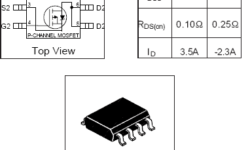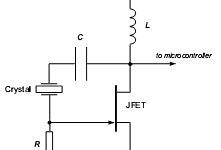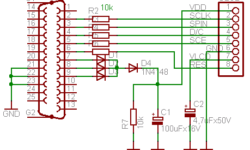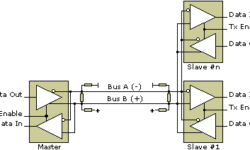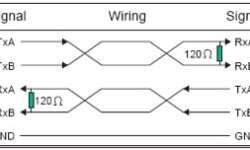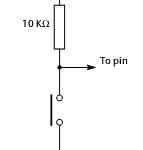Alternatives of MAX232 in low budget projects

Sometimes when you work on low-budget projects or don’t want to go shopping for max232 or similar IC, you can save your time and money by using other TTL to RS232 converter. We usually used to use a MAX232 chip like this: Max232 IC is a specialized circuit that makes standard voltages as required by RS232 standards. This IC provides the best noise rejection and very reliable against discharges and short circuits. If your project is more advanced and has to reliable you must use specialized RS232 to TTL converter IC’s. As I said Specialized is more expensive than other solutions.






